On October 6, Granny Gear Productions will stage the 17th annual ’24 Hours of Moab’ bike race. Here is an essay from the 2006 archives.
HERE COMES “24 HOURS” AGAIN
I was mildly comforted this summer when environmentalists finally took note, albeit belatedly, of a non-motorized recreational event, Primal Quest—PQ was an extreme endurance race that crossed or ran adjacent to several Utah Wilderness Coalition wilderness areas. Unfortunately the protests occurred after the environmental assessment comment period closed, so the objections had little effect. Still, I’m hoping that when the “24 Hours of Moab” bicycle race returns in October, groups like SUWA and the Sierra Club will send out some monitors at least, to be sure the bikes avoid proposed wilderness, which stand within inches of the race route At one point, years ago, the race was run inside SUWA proposed wilderness and Kevin Walker, a former SUWA staffer, took me to task in a recent High Country News letter for suggesting SUWA might have altered its boundaries to accommodate the bikers.
Kevin wrote, “His claim is completely false. I was in charge of drawing the boundaries for this part of the Utah Wilderness Coalition’s proposal, and I drew them based solely on off-road vehicle damage (emphasis added) that extended beyond (and was unrelated to) the bike race route.”
Walker complained that my views were not based on the facts at all. He wrote, “This might seem like a small point, but I think it is indicative of a larger issue —— Jim’s tendency to stick stubbornly to his opinions even when the facts don’t support them. Jim’s complaint with SUWA and other wilderness preservation groups the past few years has been that ‘New West’ recreation (like mountain biking) and rural sprawl have become threats to wilderness comparable to off-road vehicles and oil/gas exploration.”
I was almost hoping Kevin would reply.
Here are the facts. Utah enviros have consistently clung to the notion that the mountain bike industry strongly supports wilderness. In October 1996, SUWA praised the “24 Hours” race in The Zephyr. SUWA noted that it was “a huge event, consisting of up to 1000 bikers and potentially 1500 spectators” and added, “The mountain bike community is a large advocacy group promoting low impact recreation…We believe that both wilderness advocates and biking enthusiasts have a lot to gain by working together…” SUWA also reported, “we did not get involved because the race course did not enter lands proposed for wilderness.”
However, a month later, in the November 1996 Zephyr, even SUWA had to note the damage. “Throughout the course,” it wrote, “riders rode off the track creating new, shortcut switchbacks. Whether this was intentional because of the competitive nature of the event, or a consequence of racing in the dark, we do not know.” Still SUWA commended the race sponsor for staying out of proposed wilderness.
Years later, I compared the “24” race route to SUWA’s wilderness maps in its book “Wilderness on the Edge” and discovered that the race had indeed entered their proposed wilderness areas. I showed the maps to SUWA’s then-executive director, Larry Young, who referred them to Kevin Walker. In an email from Kevin on November 5, 2003, he wrote, “When we revised our proposed boundaries in 1998, we dropped some areas around Moab.” He explained that the race was now completely out of proposed wilderness but added, “I think Jim (Stiles) is right about the course going inside the old boundaries.” In other words, for years, the race entered lands proposed for wilderness and it slipped by SUWA.
Walker did insist, then and now, that the boundary alteration had nothing to do with bicycles. Just to repeat Kevin, all the damage he saw was caused by “off road vehicle damage.” The fact is, thousands of bikers repeatedly pounded miles of old jeep road and other SUWA staffers noted the damage, even in 1996 (The race has grown exponentially since then.). Still Kevin could see no bike-inflicted impacts. He may have honestly believed that all the impacts were ORV-caused, but it speaks volumes for the blinders-type strategy groups like SUWA have embraced, in order to justify their narrowly constricted policies. The West has changed since 1985.
In Kevin’s HCN letter, he gets to the heart of SUWA’s environmental philosophy. He wrote, “But throw a dart at a map of proposed wilderness in Utah, then visit that point on the ground and make a list of all the threats. You will probably see far more off-road vehicle tracks, grazing damage and oil exploration scars than you will see mountain bike tracks, footprints or new homes. Yes, ‘New West’ threats are growing, but ORV abuse and oil exploration are growing at least as fast, and these ‘Old West’ issues remain by far the biggest threats to wilderness.”
Walker is right when he notes that impacts from non-motorized recreation and the amenities economy are only a part of the problem, and that is EXACTLY what I’ve been saying for years. Last spring, when I suggested that SUWA share some of its $5 million in net assets with other environmental groups who might be willing to deal with some of these amenities economy impacts, I was careful to note, “SUWA remains Utah’s most vigilant watchdog in areas of ORV abuse, oil and gas exploration and public lands grazing.” This was the same essay that caused SUWA’s executive director Groene to have a public temper tantrum in the Salt Lake Tribune.
What I cannot understand is how mainstream environmental groups can fail to see the connection between oil and gas exploitation and these kinds of issues? Does the Sierra Club or the Wilderness Society or SUWA think only conservative Republicans consume energy? The amenities economy is driven by an ever-expanding consumption of natural resources. Until environmentalists find the honesty to acknowledge these kinds of contradictions and admit that we are part of the problem, I will, as Kevin says, “stick stubbornly to (my) opinion
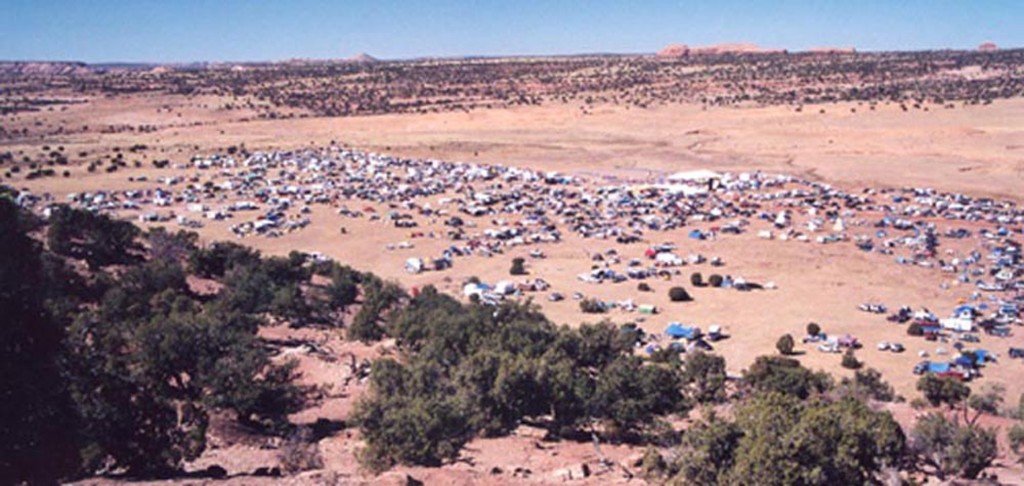
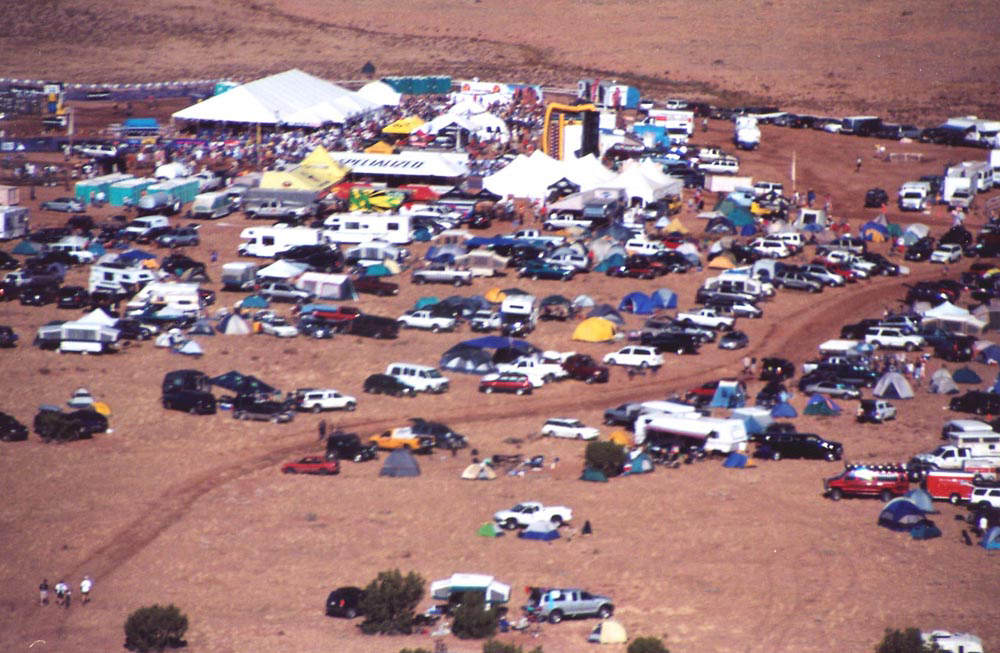
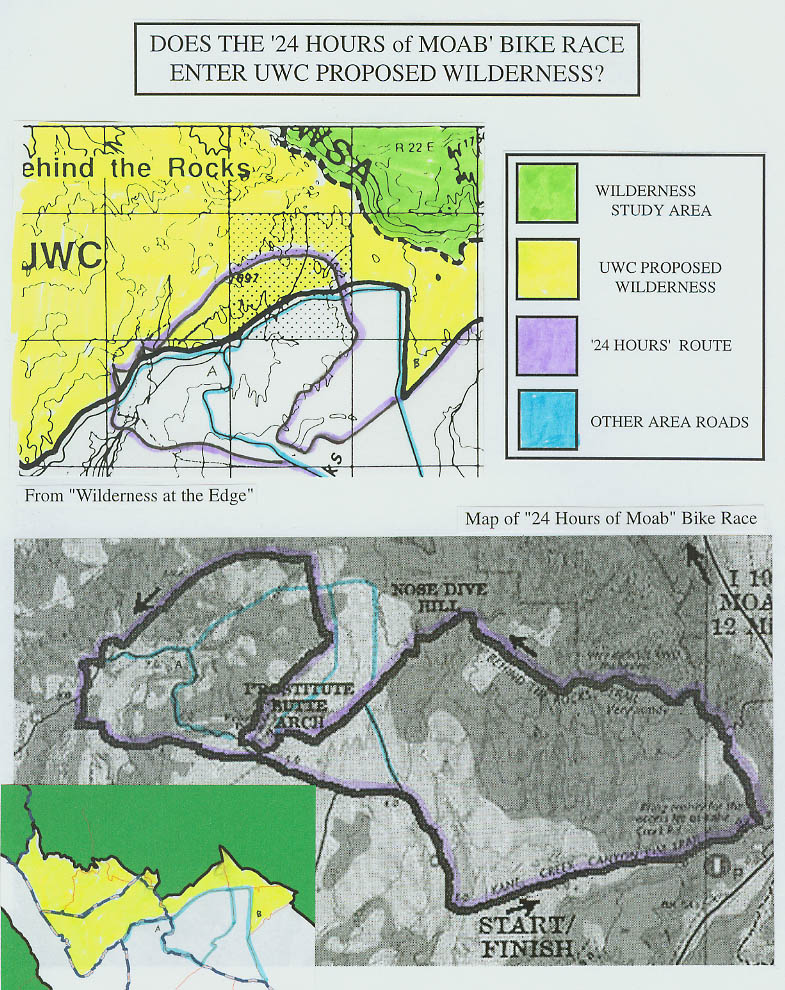
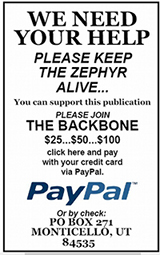

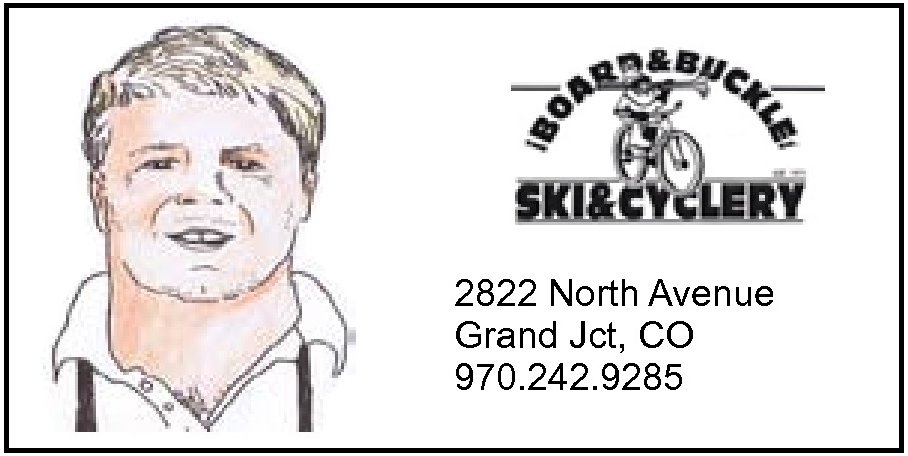

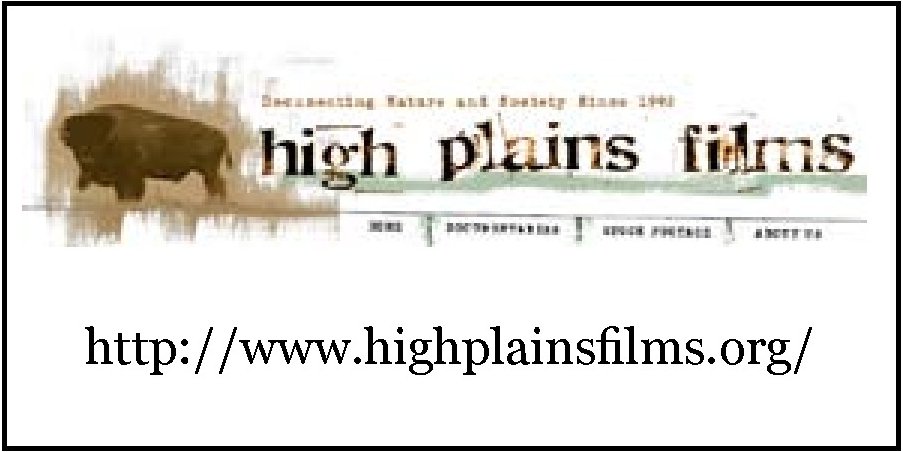
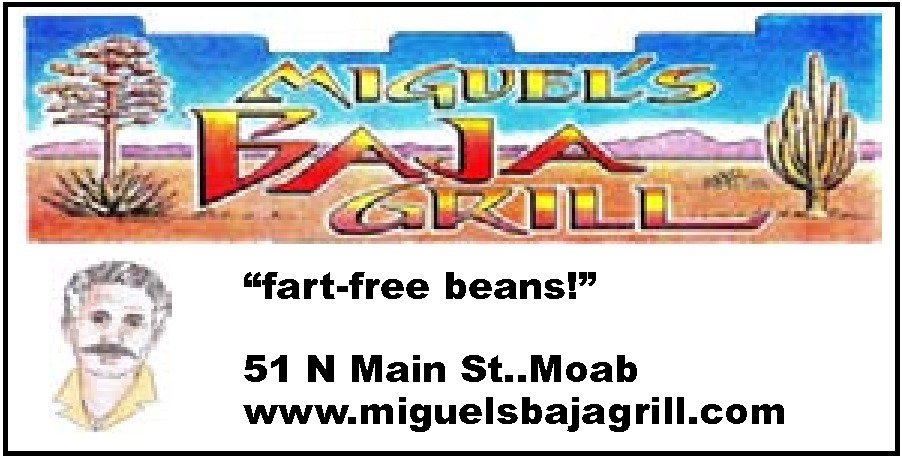
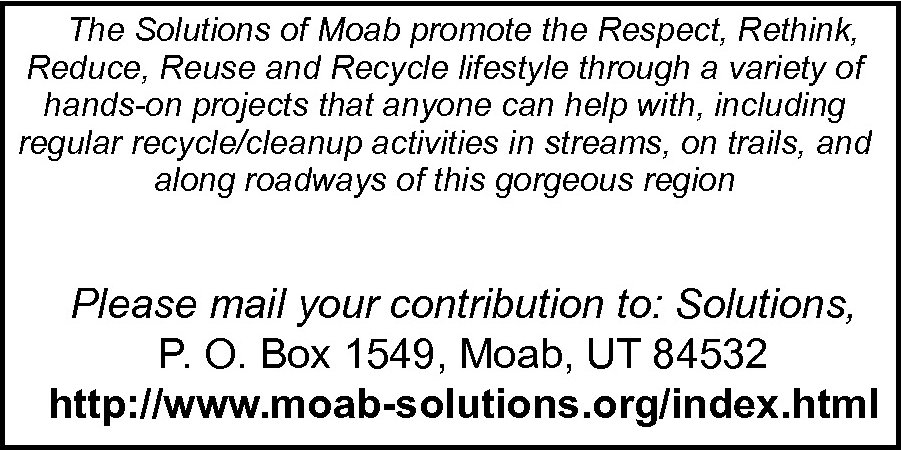
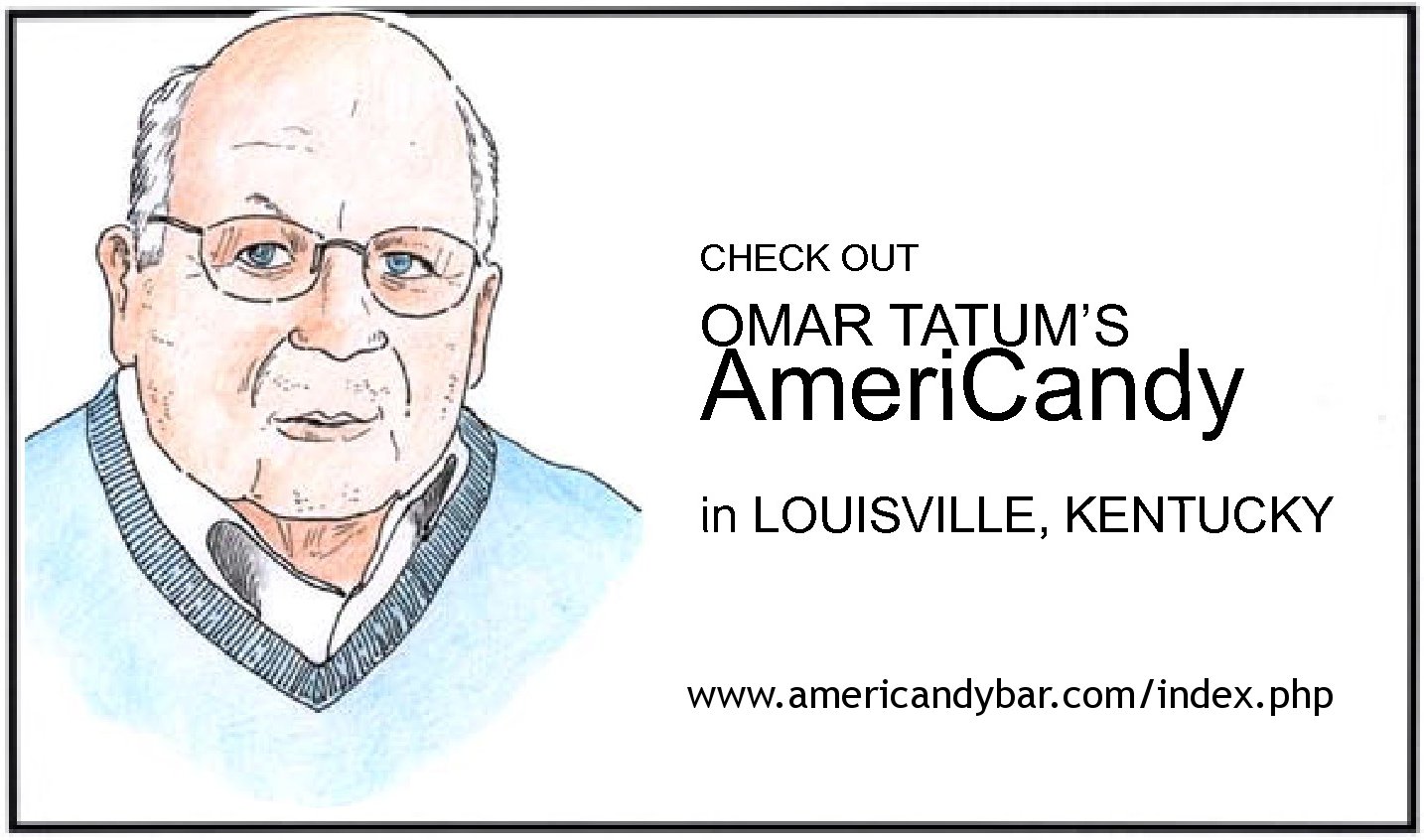

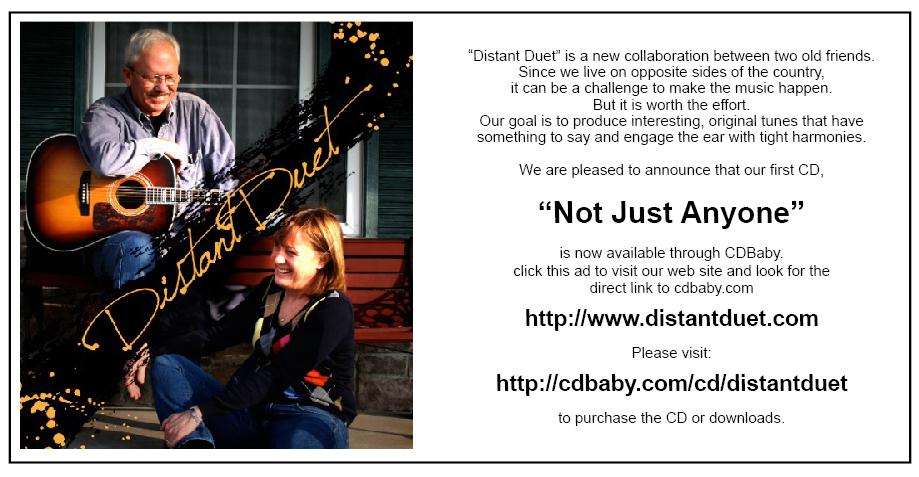
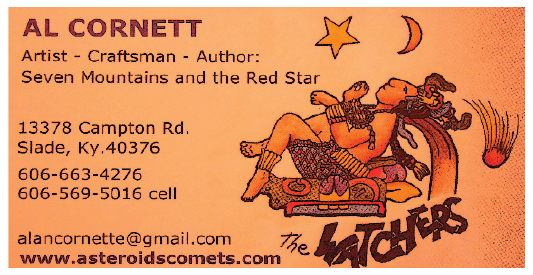
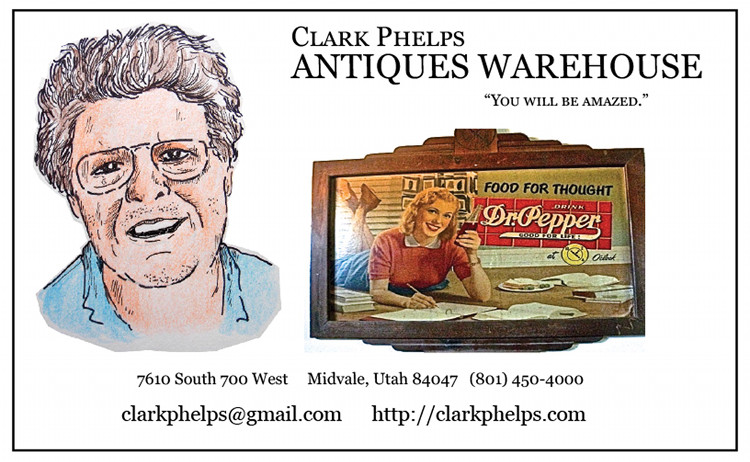
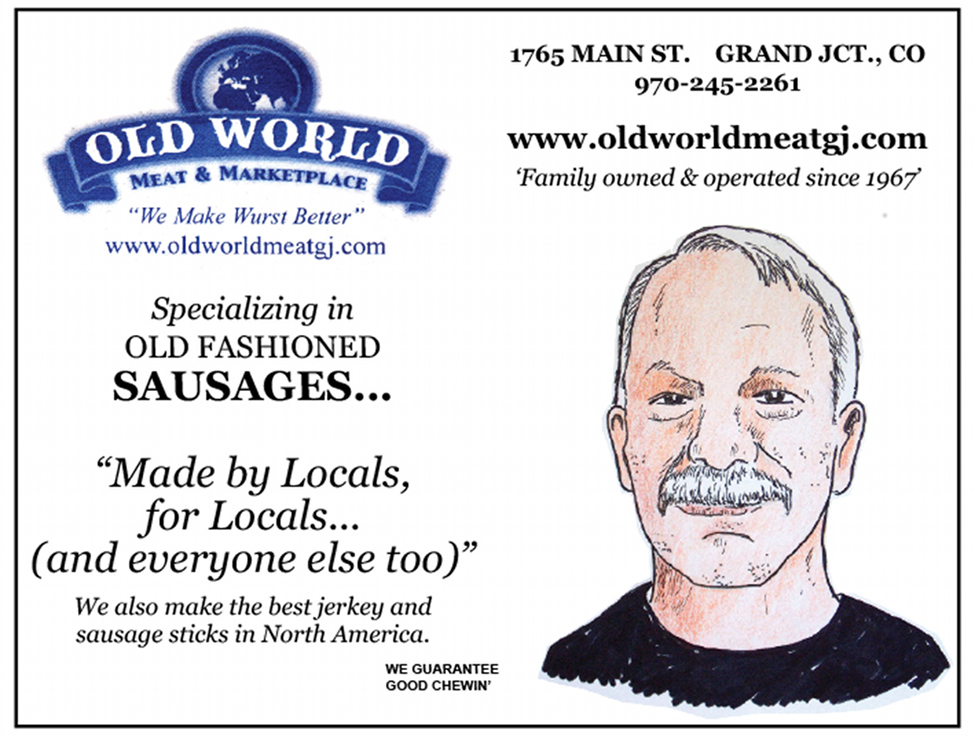
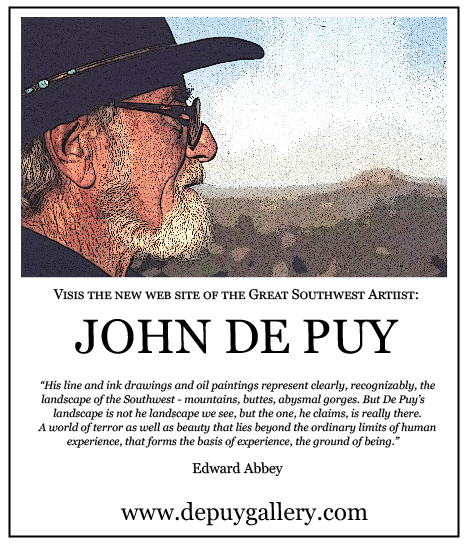

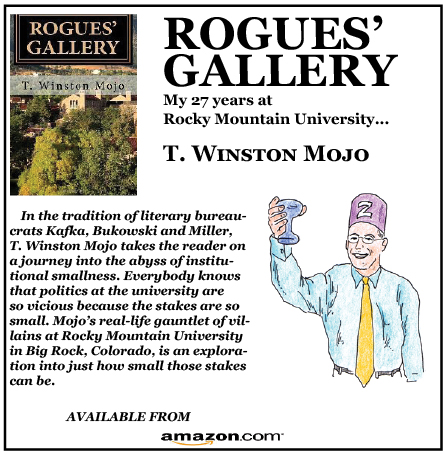
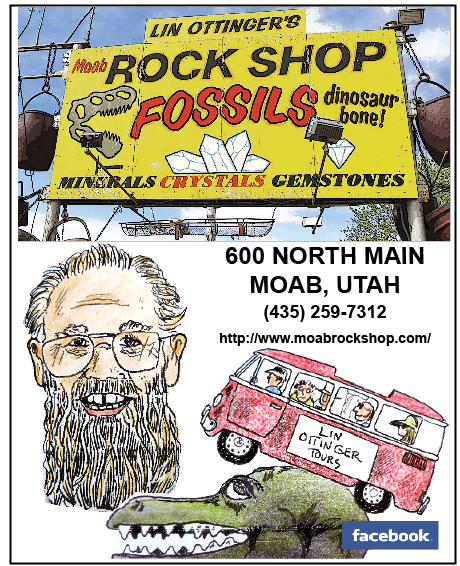
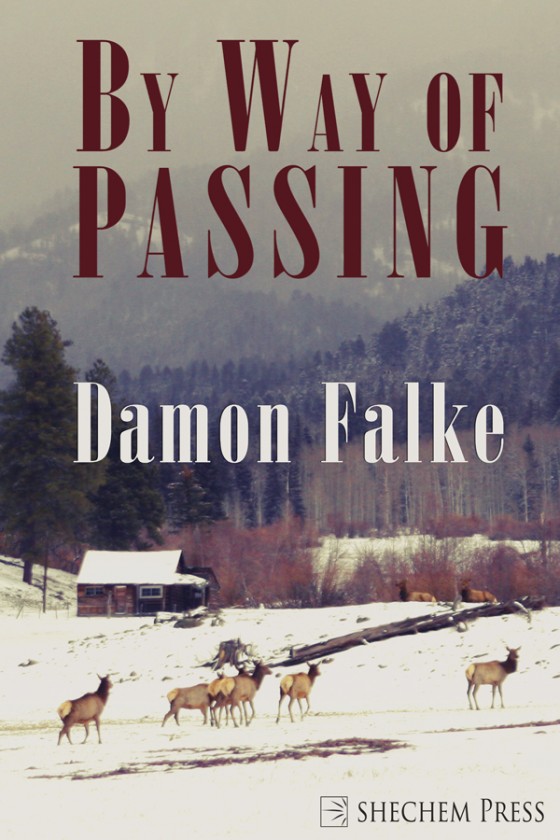
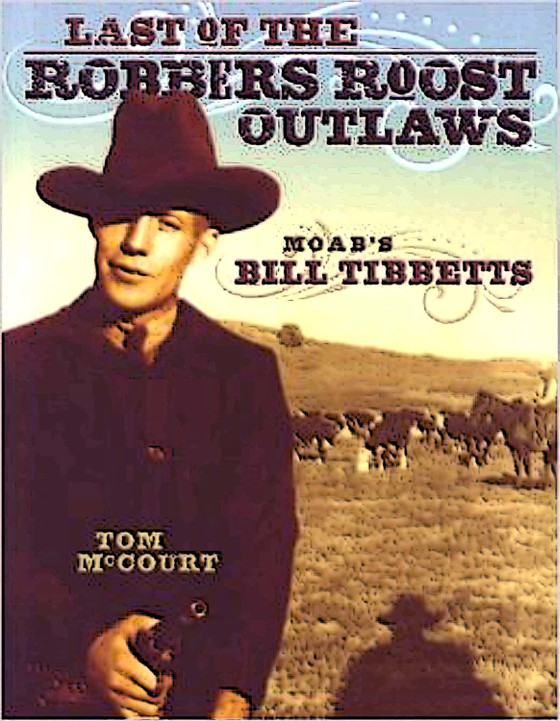
0 Responses
Stay in touch with the conversation, subscribe to the RSS feed for comments on this post.